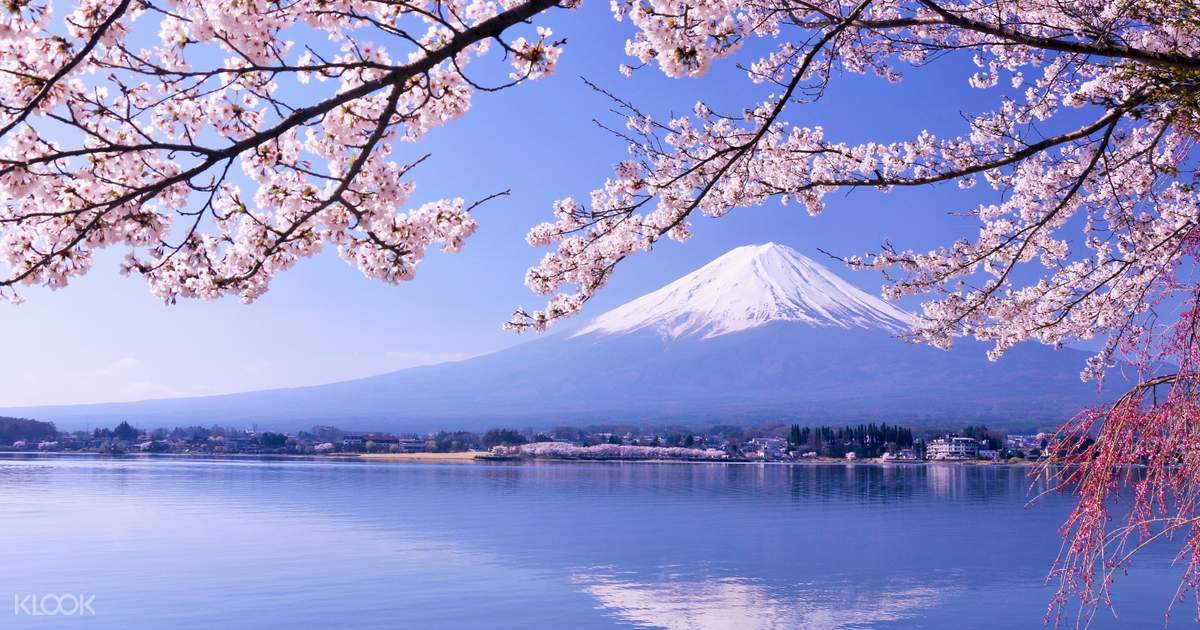Mount Fuji, or Fuji-san as it is known in Japan, is one of the most iconic and revered landmarks in the country. This majestic volcano stands as a symbol of Japan’s natural beauty, cultural significance, and spiritual heritage.
Geographic and Geological Facts
- Location: Mount Fuji is located on Honshu Island, about 100 kilometers southwest of Tokyo. It straddles the border between Yamanashi and Shizuoka Prefectures.
- Height: With an elevation of 3,776 meters (12,389 feet), it is the highest peak in Japan.
- Type: Mount Fuji is an active stratovolcano, with its last eruption occurring in 1707 during the Edo period. Despite its dormant state, it is closely monitored for volcanic activity.
Cultural and Spiritual Significance
- Sacred Mountain: Mount Fuji has been a sacred site for centuries, deeply embedded in Shinto and Buddhist traditions. It is believed to be the home of the goddess Sengen-Sama, and numerous shrines and temples are dedicated to her worship.
- Inspiration for Art and Literature: Fuji-san has inspired countless works of art, literature, and poetry. The famous woodblock print series “Thirty-Six Views of Mount Fuji” by Katsushika Hokusai showcases its striking beauty from various perspectives.
- Pilgrimage Destination: Climbing Mount Fuji is a popular pilgrimage for many Japanese and international visitors. The ascent is seen as a spiritual journey, with climbers often beginning at night to reach the summit by sunrise, experiencing the breathtaking view known as “Goraiko” or the arrival of light.

Tourism and Activities
- Climbing Season: The official climbing season for Mount Fuji is from early July to early September, when the weather is most favorable, and the mountain huts and facilities are open.
- Trails: There are four main trails leading to the summit: Yoshida, Subashiri, Gotemba, and Fujinomiya. Each trail offers different experiences and levels of difficulty, catering to both novice and experienced climbers.
- Cultural Sites: The Fuji Five Lakes region at the northern base of the mountain is a popular area for sightseeing, offering stunning views of Mount Fuji, hot springs, and recreational activities. The lakes include Kawaguchi, Yamanaka, Sai, Shoji, and Motosu.
- National Park: Mount Fuji is part of the Fuji-Hakone-Izu National Park, which encompasses a diverse range of natural attractions, including hot springs, scenic trails, and the nearby Hakone region, known for its hot springs and views of the mountain.
Symbolism and Global Recognition
- UNESCO World Heritage Site: In 2013, Mount Fuji was designated as a UNESCO World Heritage Site, recognized for its cultural and artistic significance.
- National Symbol: Fuji-san is a powerful symbol of Japan, representing both the beauty and resilience of the country. Its image is frequently used in art, media, and tourism promotions, making it an enduring emblem of Japanese identity.
Mount Fuji is not only the tallest mountain in Japan but also a symbol of the country’s cultural richness and natural splendor. Its majestic presence, spiritual significance, and the inspiration it provides to artists and adventurers alike make it a truly remarkable landmark. Whether seen from a distance or experienced up close, Mount Fuji continues to captivate and inspire people from all over the world.